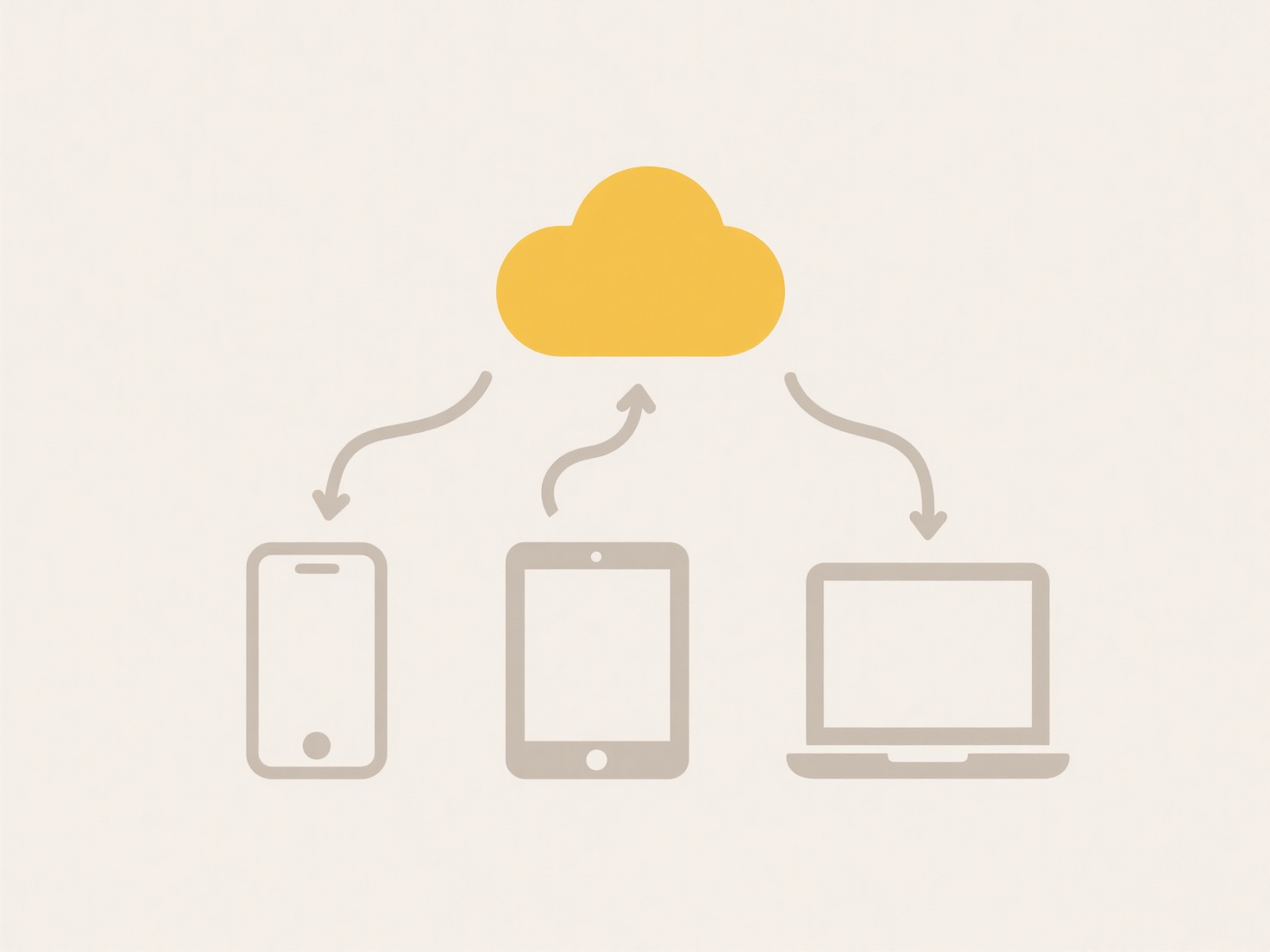
Managing file access for third-parties involves granting temporary, controlled permissions to individuals outside your organization, such as contractors, vendors, or partners. It differs from internal access by emphasizing temporary needs, granular control, and heightened security checks. Key mechanisms include role-based access control (RBAC), explicit permission grants, time-limited credentials, and multi-factor authentication (MFA) to ensure users only access necessary files for the required duration.

For instance, a healthcare provider might grant a billing consultant restricted read-only access to specific patient folders within their EHR system via secure cloud storage, ensuring HIPAA compliance. Similarly, a tech company could provide a freelance developer access to a dedicated project folder in SharePoint or Google Drive using guest accounts, enabling collaboration while isolating company-wide data. Project management tools or secure client portals are also common platforms.
This approach significantly enhances security by minimizing exposure and enabling quick revocation post-engagement. However, challenges include managing numerous accounts, ensuring consistent onboarding/offboarding, and maintaining compliance across diverse regulations like GDPR or CCPA. Ethical handling of third-party data access is paramount. Future trends involve more automated, AI-driven provisioning and increased adoption of Zero Trust principles to rigorously verify every access attempt.
How do I manage file access for contractors or third-parties?
Managing file access for third-parties involves granting temporary, controlled permissions to individuals outside your organization, such as contractors, vendors, or partners. It differs from internal access by emphasizing temporary needs, granular control, and heightened security checks. Key mechanisms include role-based access control (RBAC), explicit permission grants, time-limited credentials, and multi-factor authentication (MFA) to ensure users only access necessary files for the required duration.

For instance, a healthcare provider might grant a billing consultant restricted read-only access to specific patient folders within their EHR system via secure cloud storage, ensuring HIPAA compliance. Similarly, a tech company could provide a freelance developer access to a dedicated project folder in SharePoint or Google Drive using guest accounts, enabling collaboration while isolating company-wide data. Project management tools or secure client portals are also common platforms.
This approach significantly enhances security by minimizing exposure and enabling quick revocation post-engagement. However, challenges include managing numerous accounts, ensuring consistent onboarding/offboarding, and maintaining compliance across diverse regulations like GDPR or CCPA. Ethical handling of third-party data access is paramount. Future trends involve more automated, AI-driven provisioning and increased adoption of Zero Trust principles to rigorously verify every access attempt.
Quick Article Links
What are the icons used to show file sync status?
File sync status icons are small visual indicators that show the current state of a file's synchronization process betwe...
Can I search for files based on file permissions?
File permissions determine who can read, modify, or execute a specific file or directory. You can search for files based...
Why can’t I open a Word (.docx) file?
DOCX files are the default format for Microsoft Word documents since 2007, using XML-based structures. You may be unable...